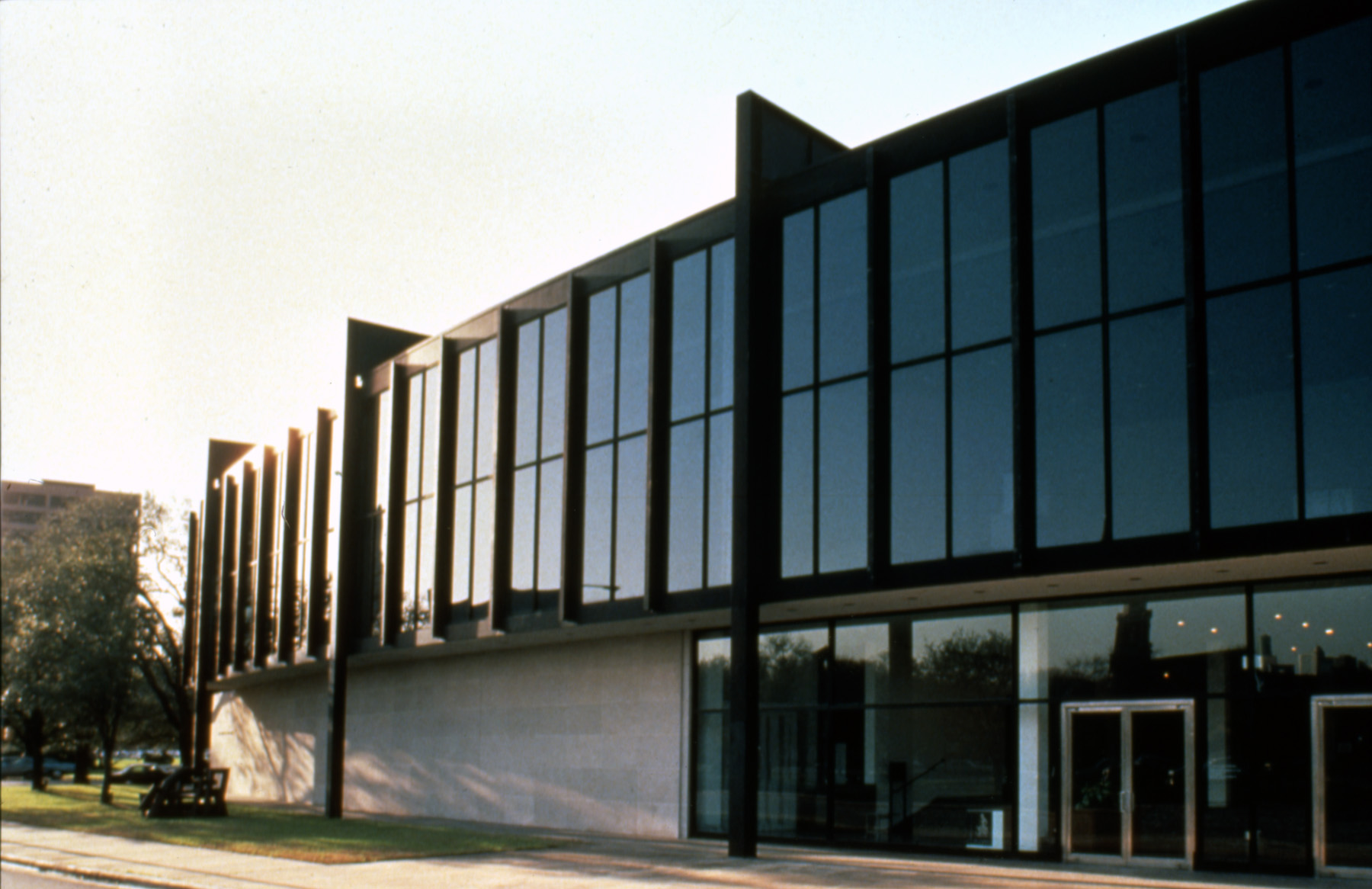Steven Holl Will Helm the Museum of Fine Arts, Houston’s $450-Million Expansion
The Museum of Fine Arts, Houston (MFAH) has announced that the American architect and museum aficionado Steven Holl will lead its monumental upcoming expansion project. Holl, whose eponymous firm has offices in Beijing and New York, has designed structures for the Nelson-Atkins Museum of Art (Kansas City, MO), the Bellevue Arts Museum (Bellevue, WA), the Herning Museum of Contemporary Art (Herning, Denmark), and the Sifang Art Museum (Nanjing, China).
The $450-million, 14-acre masterplan will transform the MFAH into one of the largest museum campuses in the country. The expansion includes two new buildings by Holl and one by the Texas-based firm, Lake Flato Architects. The new structures will be connected by a pedestrianized landscape featuring reflecting pools and gardens. The master plan has been named after its lead donor Fayez S. Sarofim, a local money manager and art collector who has donated $70 million to the institution.
The first building to be constructed will be the Holl-designed Glassell School of Art. The 80,000-square-foot structure will be able to accommodate double the number of students that the current facilities can handle. Holl will also design a 164,000-square-foot building for 20th- and 21st-century art. The Nancy and Rich Kinder Building, which is named after the Houston-based energy magnate Richard Kinder and his wife, Nancy, will complement the MFAH’s Ludwig Mies van der Rohe-designed Caroline Wiess Law Building (the celebrated architect’s only museum work in the United States) and Rafael Moneo’s Audrey Jones Beck Building. The Kinders have donated $50 million to the expansion project.
The MFAH’s expansion plan also includes a conservation center designed by Lake Flato, an outdoor amphitheater, a rooftop sculpture garden, a restaurant, and an underground parking facility. The entire project is slated for completion in 2019. In less than two years, the MFAH has raised $330 million of the $450 million needed to realize the master plan.




























